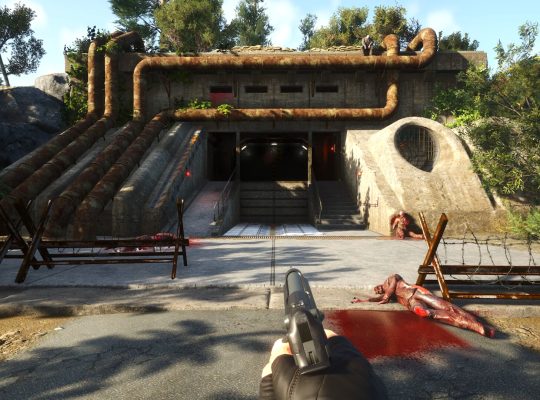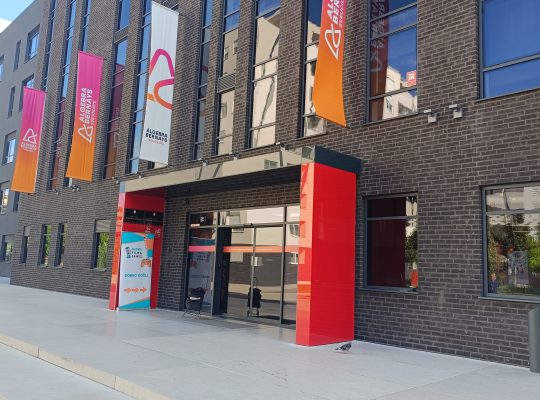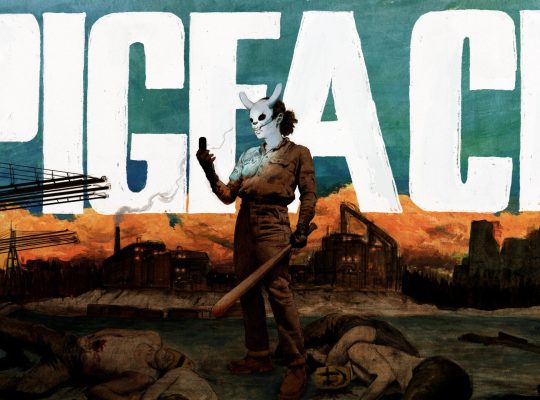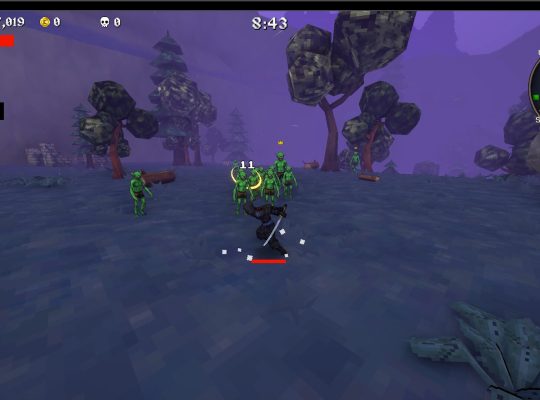The film industry faces challenges posed by hybrid formats, the fight for viewer attention, and the specific nature of financing unconventional projects. The panel “Croatian Candidate for the Goya and Oscar Awards: Fiume o Morte!” at the Blend: Film & Games conference revealed that the key to success lies in emphasizing regional identity, community involvement, and the adoption of technological innovations from the world of video games. This topic was discussed by the film’s producers, Vanja Jambrović and Tibor Kesser, and the director of Art-kino Croatia Slobodanka Mišković Boba.
Finding Success in the Hybrid
“For developers and film producers who embark on unconventional, hybrid projects that often confuse distributors and investors, it is crucial to find the content’s personal appeal,” Kesser emphasized. Experience has shown that Croatia does not function as a single body. People’s identities differ, and it is precisely this difference that creates impetus for the consumption of specific content. In the fight for people’s free time and attention, institutions like Rijeka’s Art-kino Croatia are extremely important because they create the impulse that brings people into the cinemas.
The experience of the film’s distribution in Italy confirms this. Despite the film being historically closer to the Italian audience thematically, and being screened in a country with six million people and an endless number of cinemas, it achieved a similar number of viewers as in Croatia. The reason? “In Italy, the local and community support that was created in Rijeka was missing,” Kesser added.
Because of this, it is suggested that the future of Croatian film lies in an emphasized regional focus. Films that avoid general, urban themes—which are the same in Latvia, Belgium, or Croatia—will do well; instead, films that viewers can emotionally connect with because they are close to them, whether it’s a Dalmatian, coastal, or northern Croatian “vibe” (local feel), will succeed.

Why Film Differs from the Nationally Agnostic Video Game Industry
Although film and video games are starting to walk a parallel path, there is a major difference in their definition. Films carry the “burden” of protecting tradition and culture. This is evident in the very structure of film institutions, which stipulate that films must be in the local language and have a large proportion of national authors.
Video games, unlike film, are nationally agnostic. They don’t have this burden of protecting cultural heritage, which allows them to attract talented people and publishers worldwide. Nevertheless, the film industry is increasingly using technologies from the world of gaming. “There is one scene in the film when we came down to the Korzo (the main city street) with 15 trucks. We had to acquire those 15 trucks, but the ones available for shooting weren’t clean and tidy, so we fixed them up ourselves. Also, the Croatian archival footage we acquired was of poor quality, so we improved it with the help of artificial intelligence, colored it, and so on. These were our biggest financial challenges,” Kesser admitted.
It is generally believed that the future of film lies in the blurring of genre and format boundaries, as today’s creators think broadly. Film remains an art form, but new products consumed on screen are increasingly difficult to place within classic frameworks.

Community Engagement and the Path to the Oscars
A key element of the success of some newer Croatian films lies in the active inclusion of citizens in the creative process. The directorial concept of this film, shot in Rijeka, was to work with citizens. Jambrović pointed out that the team used two methods: a standard general casting call and “surprising” people on the Korzo and at the marketplace, where the director and casting director interviewed people who were physically interesting to them.
This method resulted in one of the main actors being found literally on the street. “That energy of amateurs and citizens brought a unique, ‘crazy energy’ to the film that the audience recognizes,” said Jambrović. This emphasized community engagement also spilled over into distribution. After a successful premiere with over 6,000 viewers in Rijeka, the film continued to be screened “into other community frameworks,” i.e., in local community offices and retirement homes, for those who cannot come to the cinema.
For a film to become an Oscar candidate, it goes through a complex process by the Academy of Motion Picture Arts and Sciences (AMPAS). It is currently in the first round of about 200 titles with the goal of making it onto the shortlist of 15 films, which a Croatian feature film has not yet achieved. However, success does not depend only on quality but also on promotion and lobbying.
The example of the Macedonian film Medena zemlja (Honeyland) was mentioned, whose American distributor invested five times more money in promoting the film for the Oscars than the entire production budget. This money is spent on hiring specialized agencies that lobby and persuade thousands of professionals (Academy members) to watch the film via a special application and vote.
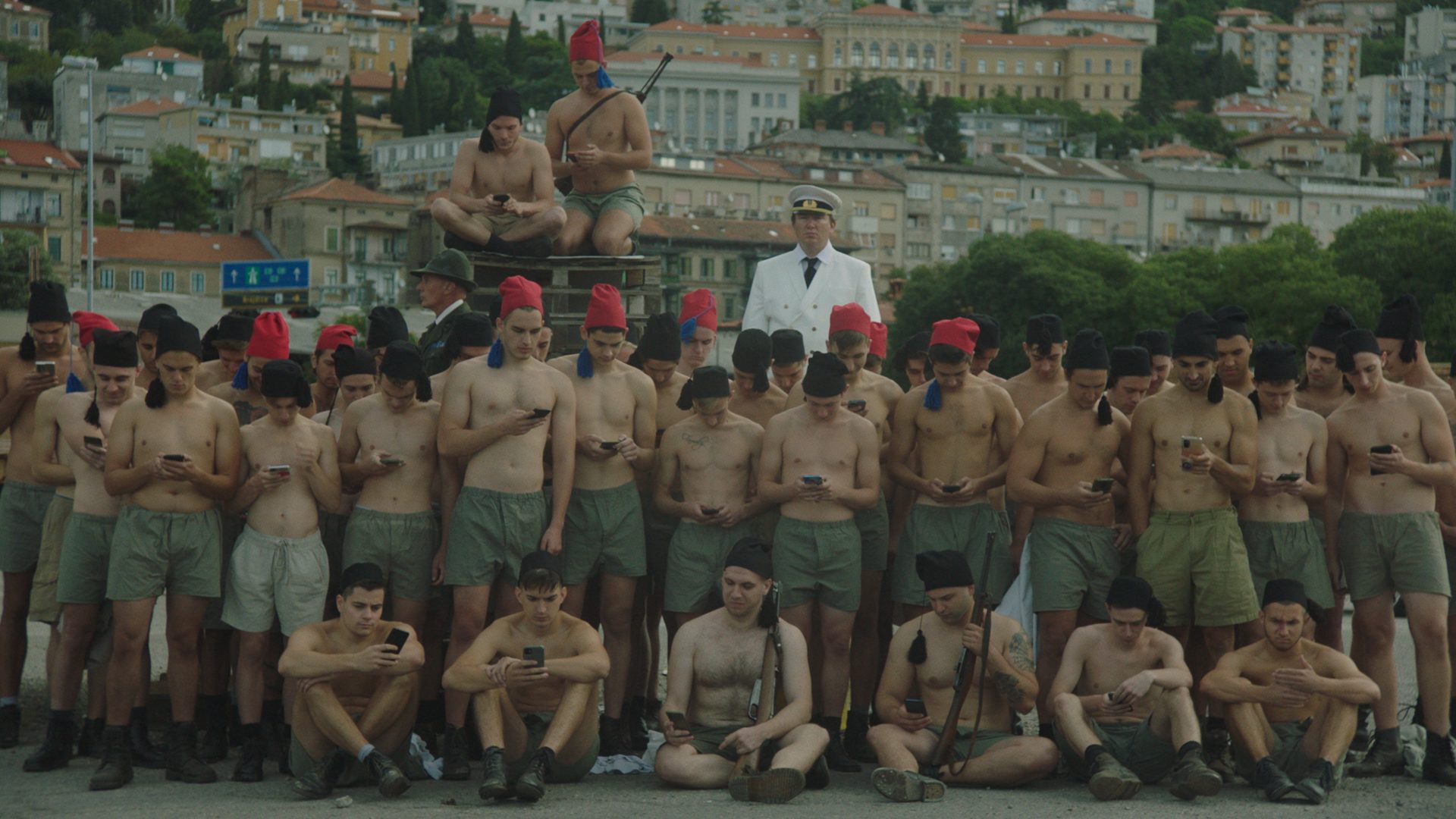
Against the Mainstream
Mišković Boba is proud of what they have created in Rijeka; the Art-kino Rijeka serves as a strong cultural focal point and a gathering place for lovers of domestic films. They have a special cinema hall for children, where around 15,000 children pass through annual free organized school screenings, encountering art and documentary films for the first time.
The second hall, with an architecturally interesting design, focuses on contemporary artistic, independent, and heritage films. It is interesting, Mišković Boba points out, that they turned the proximity of CineStar into an advantage: instead of competing with blockbusters, they can fully dedicate themselves to films that are otherwise outside the regular repertoire, such as repertory, experimental, and European titles.
The conclusion is that, while genre boundaries are blurring and video game technology is entering film production, the greatest success is brought by an authentic connection to local identity and the active creation of an impulse within the community.






